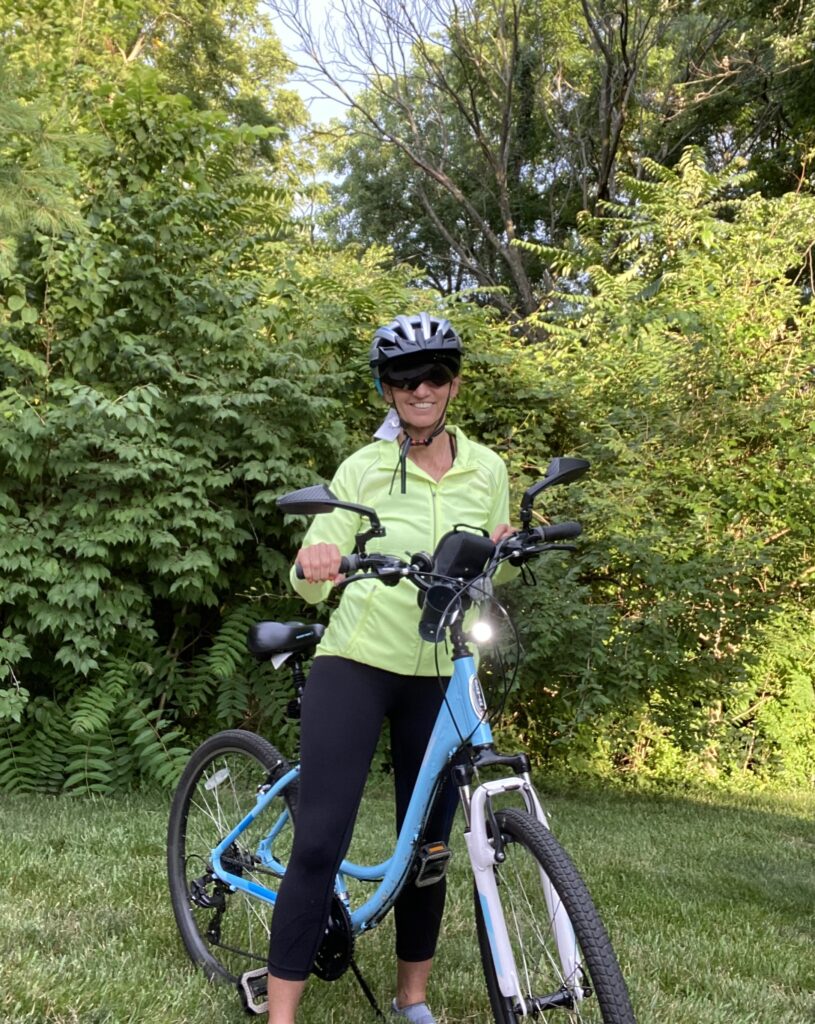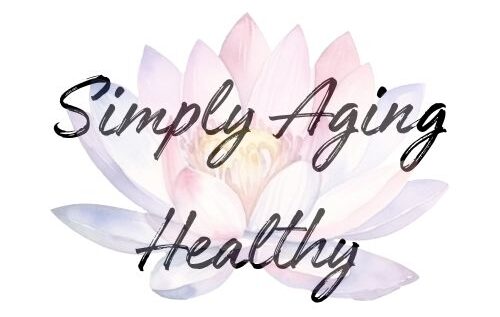Bicycle Safety Tips For A New Rider Over 60
I never thought I’d be a cyclist, but here I am, cruising around on my trusty bike at the ripe old age of 60.
It’s been a wild ride so far, and I’ve learned a lot about both my bike and myself.
First and foremost: safety. Let’s just say, I didn’t exactly come into this with a wealth of bicycle safety knowledge.
And I quickly realized that falling off a bike at this age is no joke – it takes a lot longer to recover.
I’ve also had some close calls, including almost getting creamed by a car…twice. And don’t even get me started on that one time I accidentally ventured into a sketchy part of town. Talk about heart-pumping excitement!
But fear not, fellow senior cyclists! I’ve been on a mission to up my safety game, and I’ve got some tips that I want to share to help keep you (and me) from becoming roadkill.
This post contains affiliate links. As an Amazon Associate, I earn from qualifying purchases. This means I may earn a commission, at no extra cost to you, should you choose to make a purchase using my link.
Bicycle Safety Equipment You Should Have On Your Bike
When riding your bike either on a busy street or on a quiet road, it is important that cars can see you.
Not that many cars appreciate sharing the road with you and your bike but that is another story for another time.
So, it is essential to have as much safety equipment on your bike as you can.
Here are some things that I added to my bike that I would encourage you to try.
1. Reflectors and A Headlight
We don’t really think about reflectors much since most bikes come with them.
But, oh man, I have really discovered how important these are! They can be a life saver.
Most bikes come with the standard reflectors. One on the spokes of each tire, then there is the one on the front of the bike at the handlebars, as well as under the seat in the back. Most bikes also come with reflectors on the pedals of the bike.
However, most bicycles do not usually have a headlight.
This is an item that I would encourage you to put on your bike. They are pretty inexpensive and can help cars and other cyclists see you better.
When I put my headlight on my bike, I really didn’t think that I would use it much.
But boy was I wrong! As an early morning rider I’m usually out before the sun makes an appearance so my headlight has gotten a lot of use.
I think that it would be helpful during the winter months when daylight is minimal.
The one that I have is a standard light that stays on after you push the button, when you push the button twice it begins to flash.
The flashing light is something that I have used many times. I just feel that people notice it more than just a normal light.
It seems to catch more attention which you definitely want while you’re on your bike.
2. Bell Or Horn
When my husband bought a bell for my bike, I thought it was cute but never really thought that it would be necessary.
Well, let me just say that I have used this bell numerous times.
When riding on our local bike trail there are other bikers, runners, and walkers. Many times, you will be riding faster than them.
When I first started riding, I learned the importance of ringing my bell as I approached them and announcing that I was on their left.
This way I don’t scare them, and they are able to adjust accordingly so that we don’t end up crashing – and falling! I just don’t bounce like I used to.
This has probably helped me to avoid many crashes.
3. Mirrors
Okay so this is another thing that I never thought that I would use but have used a lot. I even wrote another whole article on why mirrors are important.
As we age, turning our head to look behind us becomes more difficult. It can cause us to lose our balance or veer into traffic.
I have found my mirrors to be a huge help with knowing what’s around me. Such as cars speeding up on me or another cyclist coming up behind me.
When riding alone, I feel safer with my mirrors. Especially if you pass someone that seems a little out of place.
They may be completely innocent and enjoying the day like me but being able to look back to make sure that they are continuing to move in the right direction just gives you a little better sense of security.
4 Things You Should Carry or Wear To Stay Safe
1. Carry A Cell Phone
NO! Not to talk or text on while riding!
That would NOT be something that I would encourage you to do for bicycle safety.
This is just something to have in case you need help. Just keep the phone in your pocket or someplace that you will not be tempted to use it.
I keep mine in a pouch on my handlebars.
A cell phone is a good thing to have on you if you fall, have bike problems or if you get caught in a bad area. This way you are not stranded, and you can call for help.
After falling off my bike one morning, I learned the importance of having a phone handy. I wasn’t hurt and did not need to use the phone but what if I did injure myself?
I ride alone and in quiet areas early in the morning when not too many people are around. I could have laid there forever!
2. Wear Bright Colors Or Reflective Clothing
You definitely want to make sure that you can be seen!
When the sun is shining brightly, or it’s raining or maybe dark outside you may not be as visible as you think you are.
I actually have a belt and a vest that are reflective. My shoes also have reflectors.
If it’s a real sunny day – wearing white will probably not get you seen. Try wearing a darker brighter color.
However, if it is dark outside you may want to throw on that white or light-colored shirt so that you can be seen.
The more you stand out with bright clothing or reflectors the better your chances are to be seen!

3. Sunglasses/Protective Eye Wear
Protective eye wear is something that everyone should wear while riding.
Eye wear will help to keep the sun, bugs, dirt and rain from getting in your eyes. This could damage your eyes or cause you to become distracted and crash your bike – or get hit by a car.
The sun can be very blinding and cause temporary or permanent damage to your eyes.
Bugs, dirt and rain are no better. They can also wreak havoc on your eyes.
This could cause you to become visually impaired while in traffic. Even if it is temporary, it could cause you to go into traffic or fall off your bike.
Not to mention the pain it could inflict on your eyes from having some foreign object in there sharing space with your eyeball!
As we age our vision starts to deteriorate on its own. We don’t want to give this a helping hand.
So, wear your eye protection!
4. A Helmet
A bike helmet has become a must have for me.
It’s an optional bicycle safety item. No state to date requires anyone over 18 to wear a helmet while bike riding.
Bike helmets are definitely a topic with a lot of controversy surrounding it.
According to the Governors Highway Safety Association, a bike helmet reduces the risk of head injury by more than 50%. For severe head injuries, the benefit is even higher.
There have been many studies done that show decreased concussions, traumatic head injuries and death by riders that choose to wear helmets.
So, it may be something to consider.
But you need to do what works best for you. As a beginner I didn’t start out wearing a helmet. I just didn’t feel that it was necessary. I certainly was not racing or even going very fast.
After a near fall and then an actual fall I decided I am much too clumsy to ride without a helmet. So I did purchase my first bicycle helmet that I am planning to continue to wear on my rides.
A concussion can take months or years to recover from and some people never do recover.
I already have issues remembering anything as I have gotten older, I don’t need a head injury to make that even worse!
Conclusion
Riding a bicycle can be a great way to stay in shape and enjoy life.
However, bicycle safety should always be on your mind. As we age our sight, hearing and balance seem to decrease. So, doing small things to keep you safer can have huge rewards!
A fall or getting hit by a car can really change everything.
Let’s just enjoy the ride as long as we can…. safely!
